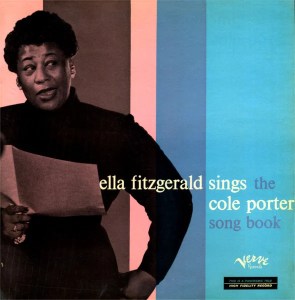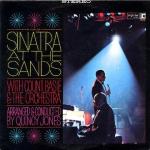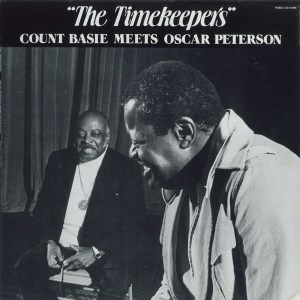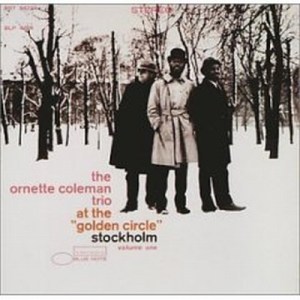
- With outstanding Double Plus (A++) sound or close to it for all four sides, this glorious 1956 mono recording is superb from first note to last
- Full-bodied, musical, and smooth, with surprisingly spacious orchestral staging – this is just the right sound for this album and especially this kind of music
- “The combination of Ella and Porter is irresistible and whether up-tempo or down-tempo, Ella’s three-octave range voice soars effortlessly as she makes each song come to life. It was all helped by the cream of L.A. session men and Buddy Bregman’s arrangement that oozes sophistication way beyond his twenty-four years. It is a perfect record.” – Richard Havers
he space is HUGE and the sound so rich. Prodigious amounts of Tubey Magic as well, which is key to the best sounding copies.
Take it from an Ella fan, you can’t go wrong with this one. The sound is rich and full-bodied in the best tradition of a classic vintage jazz vocal album. You could easily demonstrate your stereo with a record this good, but what you would really be demonstrating is music that the listener probably hasn’t heard, and that’s the best reason to demonstrate a stereo. (more…)

 There is some edge on Sinatra’s voice on every side of every copy; it’s so common it’s got to be on the tape. Those copies with less edge and grit on the vocals which are not overly smooth or dull tend to do very well in our shootouts.
There is some edge on Sinatra’s voice on every side of every copy; it’s so common it’s got to be on the tape. Those copies with less edge and grit on the vocals which are not overly smooth or dull tend to do very well in our shootouts.



 More of the Music of The Moody Blues
More of the Music of The Moody Blues
